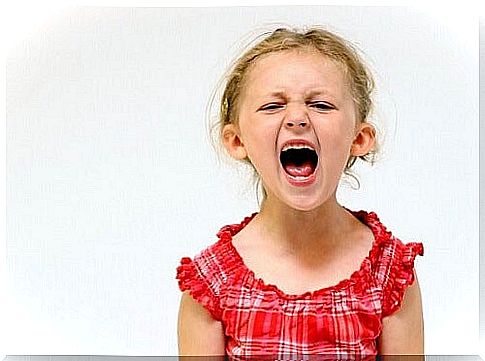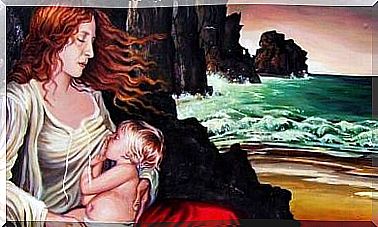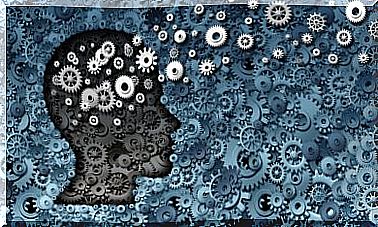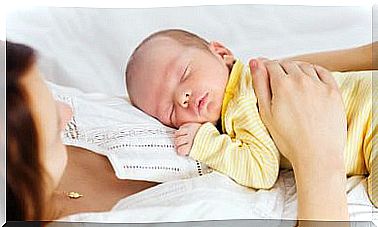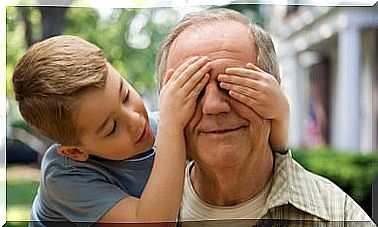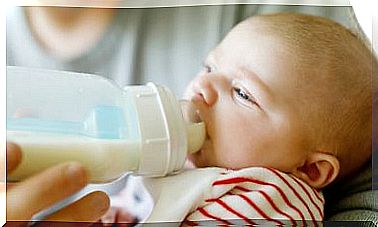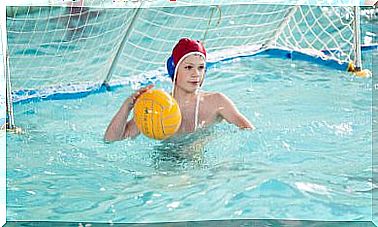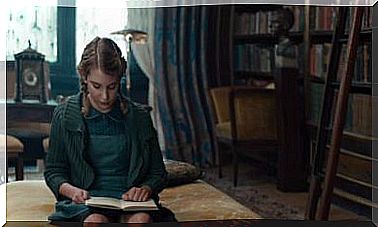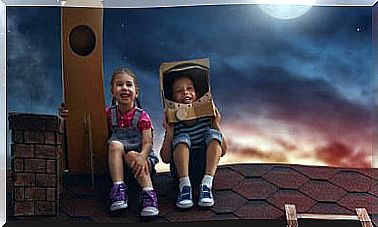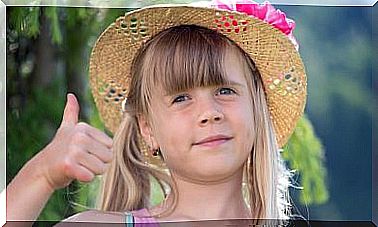The Three Components Of Childhood Anger
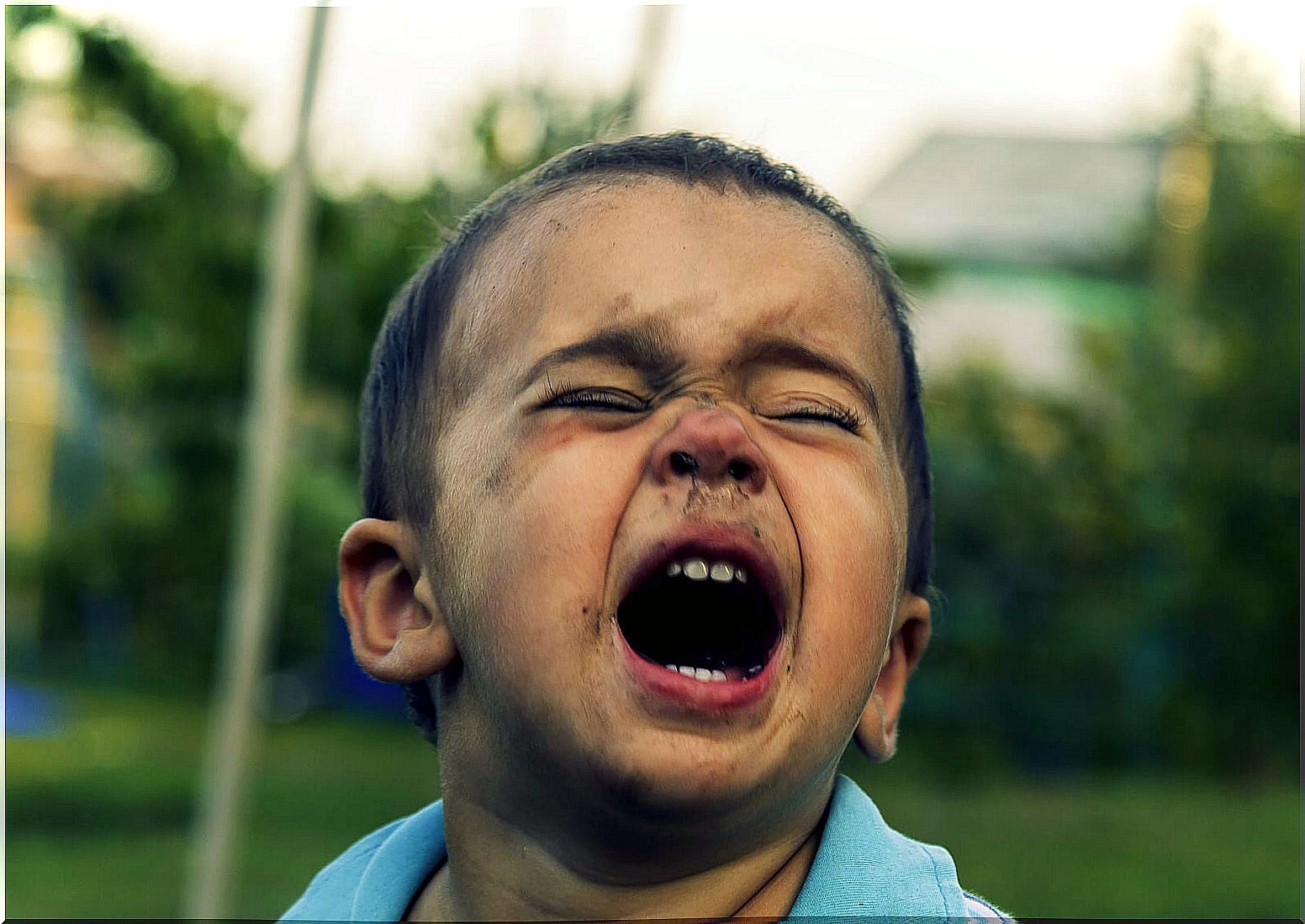
Child anger is something that parents and teachers have to deal with often. This emotion in children manifests itself in a more abrupt, intense and uncontrolled way than in older ones, since they have not yet learned to regulate themselves. For this reason, adults can become extremely irritated or annoyed with the child’s behavior, leading to conflicts and negative dynamics.
Thus, understanding what childhood anger really consists of will help us deal with it in a healthier way and teach children to manage it.
One of the most frequent mistakes is made, precisely, when losing patience in the face of children’s anger. Sometimes it is assumed that it is only bad behavior and that it should be punished for that. However, we must understand that it is the expression of an emotion and that we cannot punish a child for feeling angry.
“I am responsible for what I do, not what I feel . ” This phrase should be our maxim as educators and we must remember it before reacting. The infant has the right to be angry, that is indisputable.
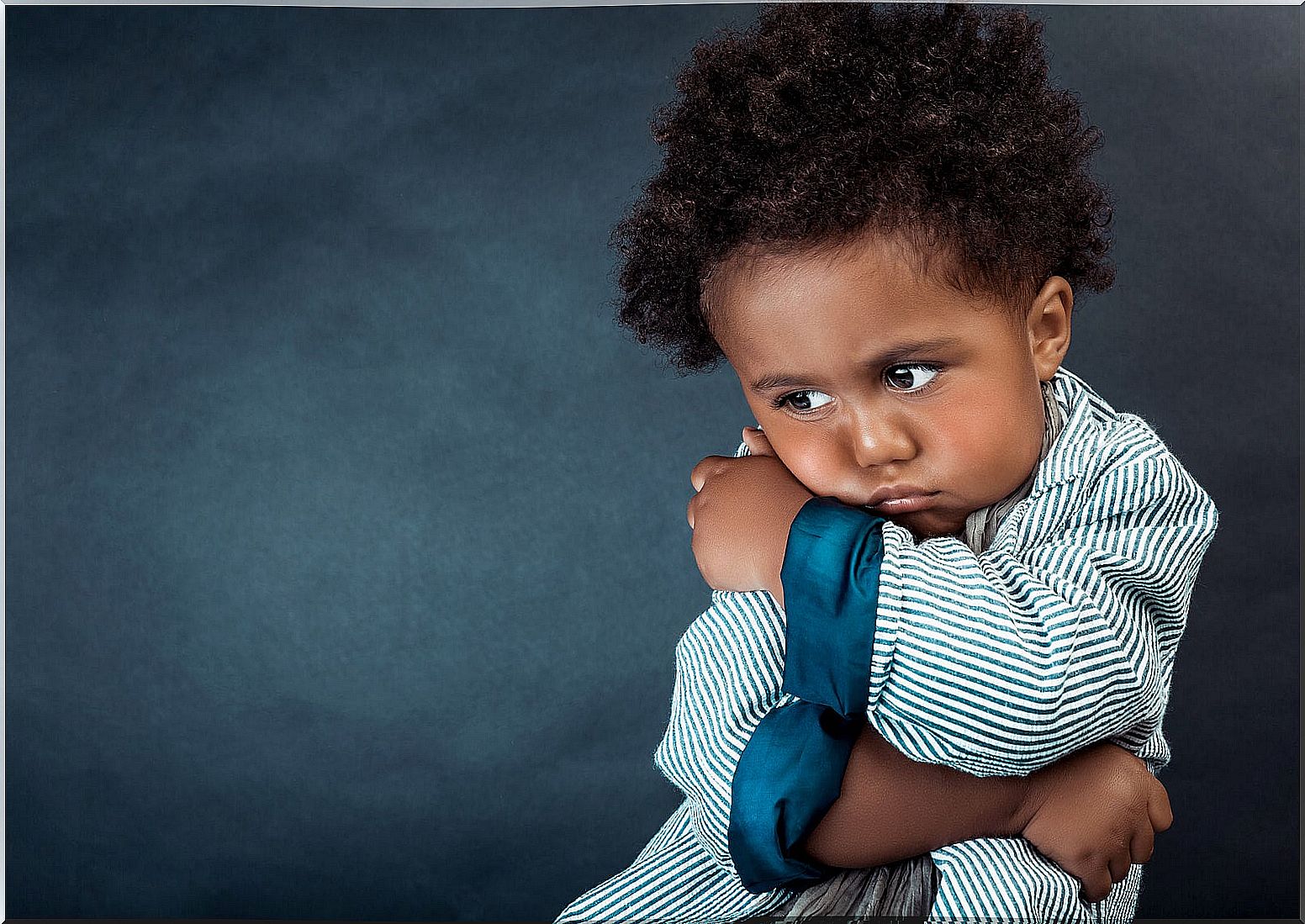
We are the ones who feel uncomfortable or irritated when dealing with it, because it bothers us the way it expresses it. However, the solution is to progressively help you channel that anger in an appropriate and constructive way.
The three components of childhood anger
Thus, to better tolerate and handle these situations, it is necessary to understand what childhood anger consists of. We can say that there are three basic components:
The emotional state of anger
This component refers to the sensation that the child experiences when he cannot achieve his goals or satisfy his wants or needs. It is the emotion that arises in him when he is physically or verbally attacked, when he is rejected or ignored or when he is forced to do something that he does not want to do.
Then, anger will invade the little one, for example, when his brother pushes him, when other children do not allow him to play or when his mother insists him to leave the park and go home.
Expression of anger
The expression of anger refers to the way in which that emotion that is being experienced internally manifests itself externally. The ways in which children express their anger are very diverse and can be more or less aggressive.
In some cases, it is facial gestures or crying that betray the child’s anger, but he does not actively face the cause of his anger.
Other children actively defend their wishes and opinions, even going as far as physically or verbally attacking the other; while certain children choose to avoid the one they perceive as an aggressor and seek comfort in another adult. So both crying and violent behavior and avoidance are ways of expressing the anger they are feeling.
Anger understanding
This last component refers to the degree to which a child is able to detect what he is feeling, identify it and understand it. Due to the immature cognitive development of infants, this is not an easy task for them. In many cases they still do not master the language well, something that makes it very difficult for them to understand, since we need words to think about what we are feeling.
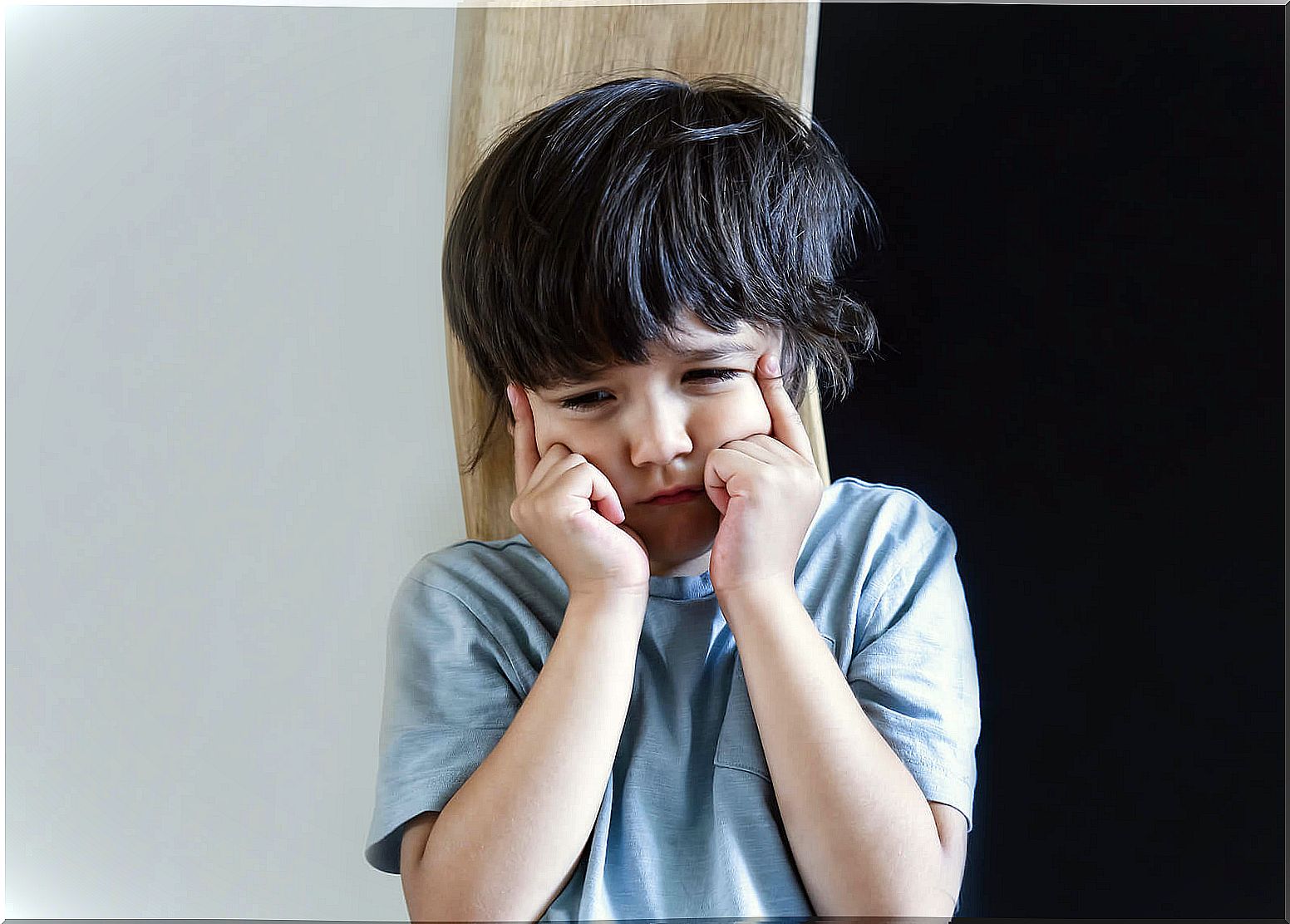
In addition, they do not yet have the ability to self-regulate. For this reason, they can be invaded by an unpleasant feeling without knowing very well what it is, where it originates or what to do with it.
How to deal with childhood anger?
Above all, it is necessary to be patient and remember the context in which we are. A child does not have the maturity or the resources to handle his emotions like an adult, so we have to help him.
Therefore, in the first place, we cannot be angry or punish the child for expressing anger; It is your right and it is healthy. We must, then, work our own self-control and internal regulation to be models for the child.
In addition, it is important that from a young age we help them understand what they feel and give them a name, understand them and teach them strategies to relax. Relaxation techniques or anchoring are just a few alternatives. Children learn to handle anger based on how the adults in their environment do it, so let’s start with us.
